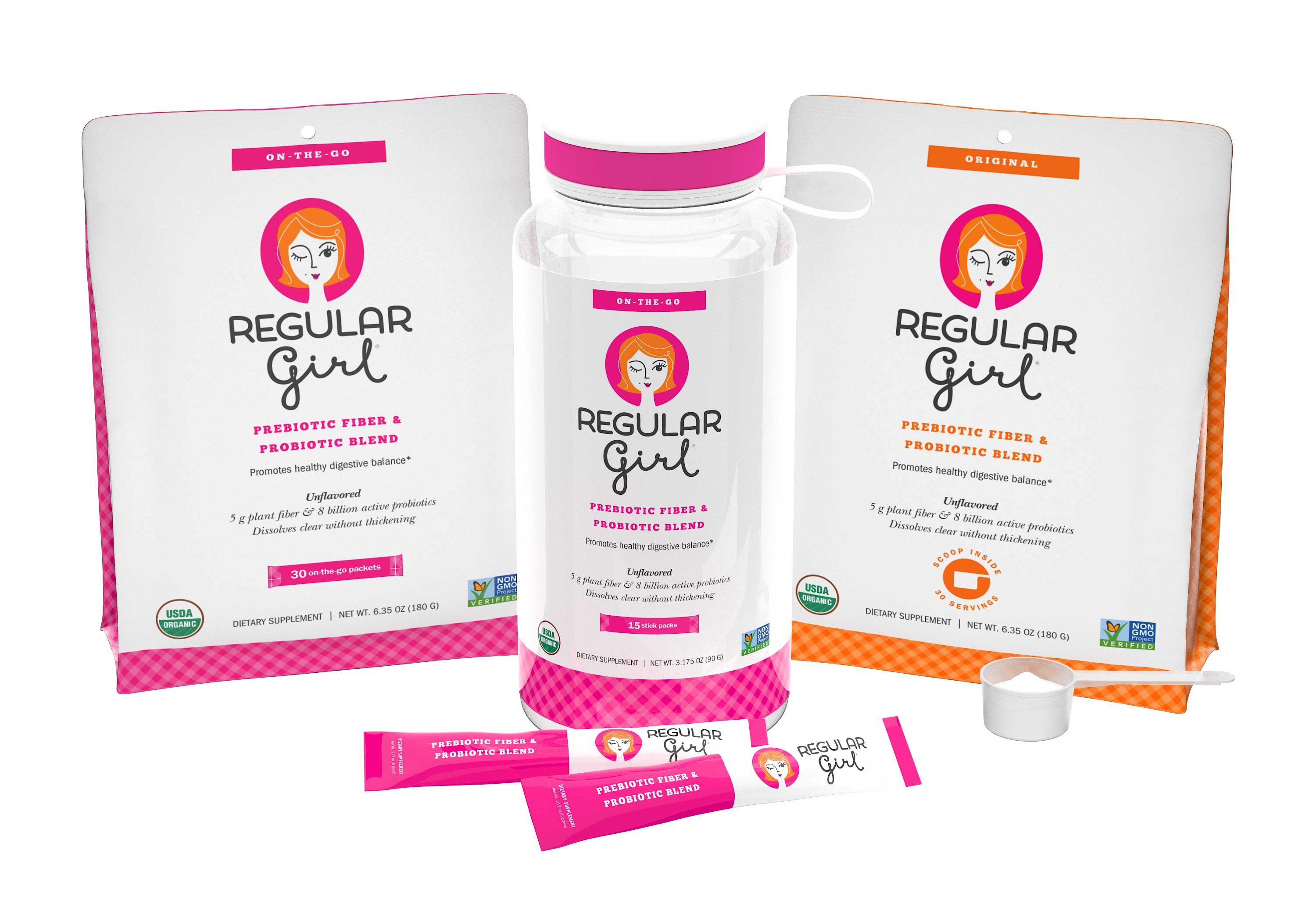The study, led by Dianne DellaValle, PhD, RDN, LDN, was conducted using a finished product, Regular Girl, which combines Taiyo’s Sunfiber, a purified guar fiber prebiotic, with 8 billion CFU of a Bifidobacterium lactis strain supplied by DuPont Danisco. The product was originally formulated for women who struggle with regular bowel habits either because of hormonal imbalances or because they are watching their weight and eating little and therefore taking in too little dietary fiber.
DellaValle is an associate professor at Marywood University in Scranton, PA. She is an expert in iron absorption, and has studied ways in which that can be improved, including by gut microbiome modulation.
She said when she saw the existing research backing the finished Regular Girl synbiotic formulation, she thought it would be a good candidate for her study. She said her results have been vetted in the sense that they were peer reviewed and approved to be presented in poster form in early June at the American Society for Nutrition’s annual meeting in Boston, adding that the paper is being prepared for journal publication.
“I have previously studied iron’s effects on active women’s performance. My goal with this study was to look at how we can maximize iron uptake,” DellaValle told NutraIngredients-USA.

'Recreational athletes'
DellaValle set up an 8-week double blinded, placebo controlled trial using 20 female athletes participating in various sports at her university. Marywood is a school that competes at the NCAA Division 3 level, meaning the athletes there are generally a notch below those that have been recruited to the scholarship-offering programs at bigger schools.
SNC 2018
Want to attend our Sports Nutrition Congress in September this year? Organised by NutraIngredients and hosted in partnership with the European Specialist Sports Nutrition Alliance (ESSNA), the SNC will offer a one stop shop for the latest must have insights in the worlds of sports and active nutrition.
Register now to make you are there!
Top levels speakers already confirmed to join us in Brussels include:
- Florina-Andreea Pantazi, European Commission
- Daniel Davy, Leinster Rugby
- Orla O’Sullivan, APC Microbiome Institute
- Robert Walker, SCI-MX Nutrition
- Professor Kieran Clarke, University of Oxford
- João Gonçalo Cunha, KickUP Sports Innovation
- Pia Ostermann, Euromonitor International
- Katia Merten-Lentz, Keller and Heckman LLP
- Adam Carey, ESSNA Chair
- Alex Zurita, London Sport
- Professor John Brewer, St Mary’s University
- Tom Morgan, Lumina Intelligence
- Luca Bucchini, Hylobates Consulting & ESSNA Vice-Chair
Click this link find out more about what’s on the agenda for the congress.
And they have correspondingly less support in terms of coaching and nutritional interventions. So they make for an interesting study population, both in terms of potential results and in terms of the applicability of those results to the general population.
“Marywood is not a Penn State, nor a Cornell, nor a Syracuse,” DellaValle said. “We noticed that at the D3 schools, the athletes are still training two or three hours a day but they have different resources. We kind of lumped them together as ‘recreational athletes.’ ”
DellaValle said that athletes at the top level receive far greater nutritional support, which might include access to training tables in some cases. So they would be more likely to already be near the limit of what a nutritional intervention might be able to achieve.
“What was really interesting to me was that these athletes at a lower level of training have a particular ability to benefit from an intervention,” she said.
DellaValle said her research and those of others has shown that about 30% of female athletes suffer from iron deficiency. Typical iron supplements, including iron-fortified multivitamins, can address this issue, but not everyone’s absorption of iron is sufficient. DellaValle recruited athletes who were confirmed to be iron deficient. She excluded any who were underweight or otherwise showing signs of struggling with an eating disorder.
“We chose the length of time, eight weeks, to correspond to how long it takes for a low dose of iron to replete the average person,” DellaValle said.
Too good to be true?
DellaValle said she had expected the synbiotic formulation to improve absorption, but she was surprised by how much it helped.
For her eight week trial the athletes were divided into two groups. One group received Regular Girl (6 g guar fiber and probiotics) and 140 mg of ferrous sulfate. The placebo group received 140 mg ferrous sulfate and a placebo. All of the athletes continued on with their standard training regimes. And DellaValle collected diet information, though she stopped short of requiring daily food diaries.
After four weeks, the Regular Girl group’s blood serum ferritin, a marker for iron status, had increased by a whopping 41%, while the placebo group showed no response. At the end of eight weeks, the Regular Girl group’s serum ferritin had almost doubled.
“I was very surprised and pleased with the four week number. I looked at the data—and remember, I was blinded, too—and thought I might have made a mistake somewhere. I had a colleague re-enter the data,” DellaValle said.
While the result was clear, the reason why is less so and needs further research, DellaValle said.
“There are a couple of iron transporters in the gut that could have been affected and that might account for the improvement,” she said. “Or it could be that the group receiving the Regular Girl just felt better and they were inclined to eat better. That in itself would be an important result, too.”
